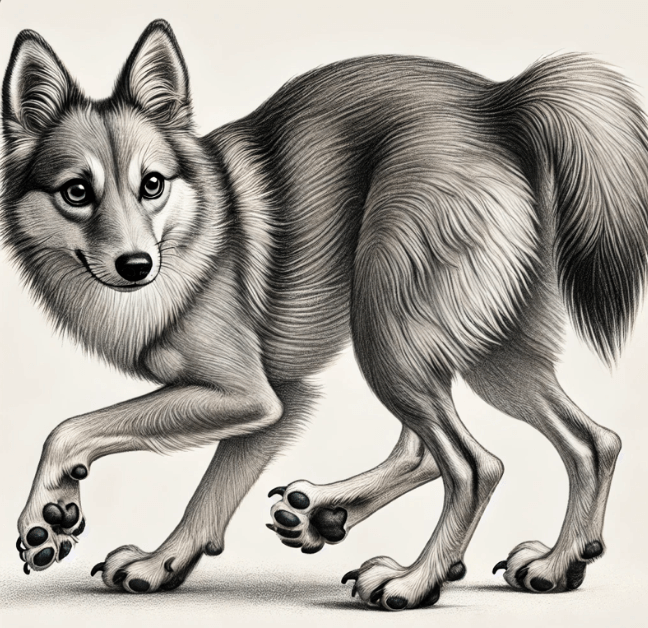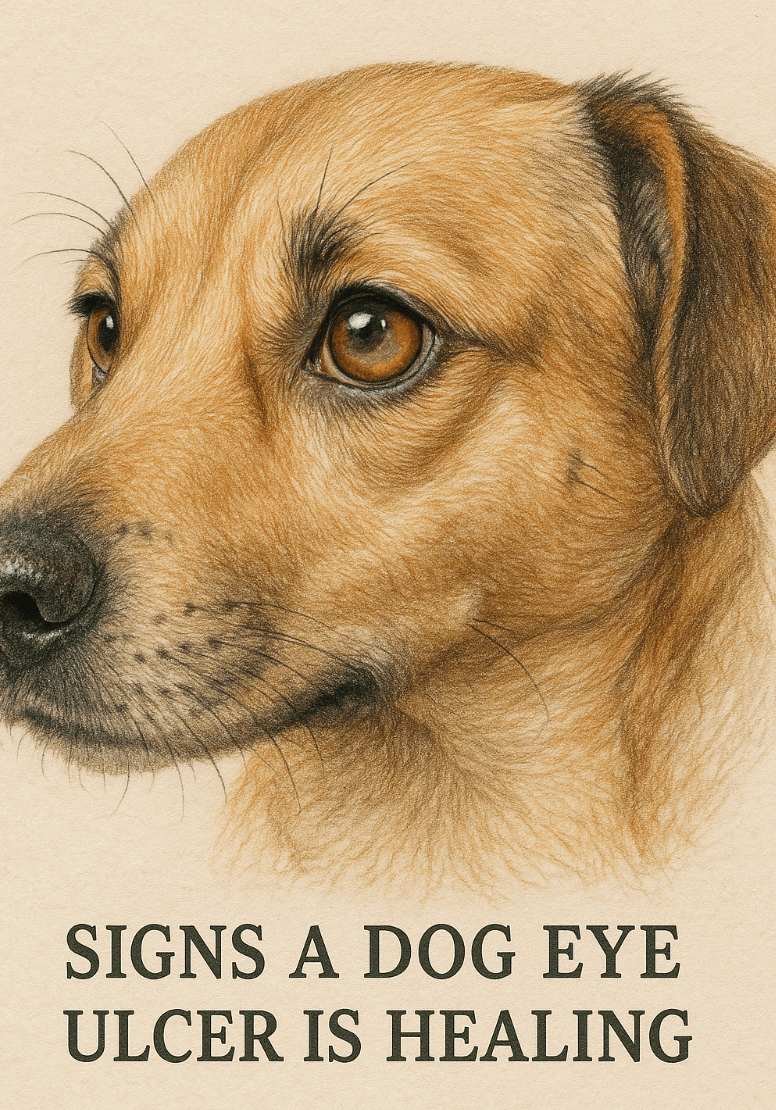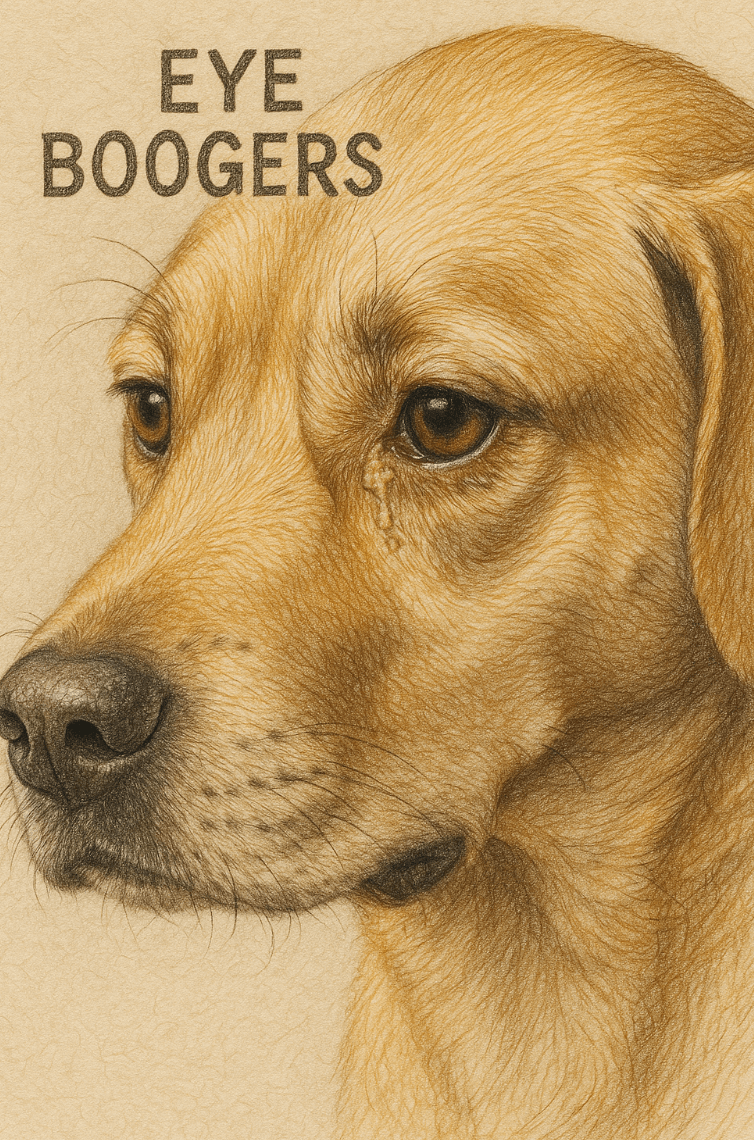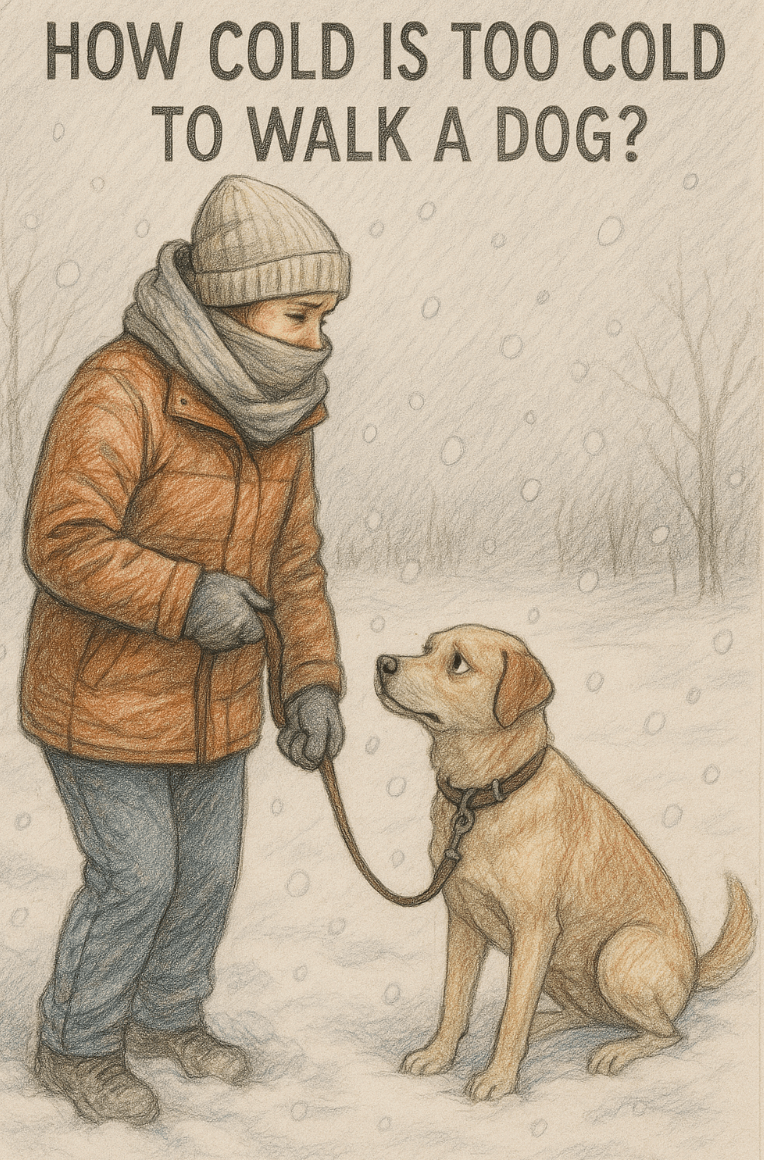Discovering the Rarest Dog Breed: A Journey into Uniqueness
When it comes to dogs, most of us are familiar with popular breeds like Labrador Retrievers, German Shepherds, or Poodles. These breeds have become household names due to their widespread presence and adaptability. However, beyond these well-known companions lies a world of rare and extraordinary dog breeds that capture the imagination of dog enthusiasts worldwide. Among these exceptional breeds, one stands out as the rarest of them all. But what defines rarity in the canine world? Is it the population size, geographic distribution, or perhaps the challenges associated with breeding?
In this blog post, we will delve into the fascinating topic of the rarest dog breed, exploring its origins, characteristics, and the reasons behind its scarcity. Whether you’re a seasoned dog lover or simply curious about unique animals, this journey promises to be both enlightening and captivating.
What Makes a Dog Breed Rare?
Before we reveal the rarest dog breed, it’s essential to understand what factors contribute to a breed’s rarity. Rarity isn’t just about low numbers; it often involves a combination of historical, geographical, and cultural elements. Here are some key aspects that define a rare dog breed:
- Limited Geographic Distribution : Some breeds are native to specific regions and are rarely found outside of those areas.
- Small Population Size : Breeds with fewer than a few hundred registered individuals globally are considered rare.
- Historical Decline : Wars, economic changes, or shifts in societal preferences can lead to a breed’s near extinction.
- Specialized Purpose : Certain breeds were developed for very specific tasks, making them less versatile and therefore less popular.
- Breed Restrictions : Some countries impose restrictions on certain breeds, limiting their spread and popularity.
Understanding these factors helps us appreciate why some breeds remain hidden gems in the vast world of dogs. It also highlights the importance of preserving these unique animals for future generations.
The Rarest Dog Breed: Meet the Lundehund
Now that we’ve explored what makes a dog breed rare, let’s shine a spotlight on the rarest breed of them all: the Norwegian Lundehund. This small yet remarkable dog hails from Norway and has a history as unique as its physical traits. Here’s what sets the Lundehund apart:
- Unique Physical Adaptations : The Lundehund has six toes on each foot, which is extremely rare among dog breeds.
- Incredible Flexibility : Its neck and shoulders are so flexible that it can bend its head backward to touch its spine.
- Historical Role : Originally bred to hunt puffins on steep cliffs, the Lundehund played a vital role in coastal communities.
- Population Challenges : At one point, the breed was nearly extinct, with only a handful of individuals remaining.
- Loyal Companion : Despite its hunting background, the Lundehund is known for its friendly and affectionate nature.
The Lundehund’s story is a testament to resilience and the dedication of breed enthusiasts who worked tirelessly to preserve this extraordinary animal. Its rarity makes it a prized companion for those lucky enough to own one.
Expert Opinion: The Importance of Preserving Rare Dog Breeds
“Rare dog breeds are living testaments to our shared history and cultural heritage. Their preservation is not just about maintaining diversity but also about honoring the roles they’ve played in human societies for centuries. As Dr. Jane Thompson, a renowned canine geneticist, explains, ‘Every rare breed carries a unique genetic legacy that enriches the entire dog population. Losing them would mean losing irreplaceable pieces of our biological and cultural puzzle.'”
Check this guide 👉 Short Hair Dog Breeds: Best 7 Expert Tips!
Check this guide 👉 Why Some Dog Breeds May Not Be Ideal for Seniors: Top 7 Tips
Check this guide 👉 Alabai Dog Care: 7 Powerful Tips to Master Like a Pro

Advantages of Owning a Rare Dog Breed | Challenges of Owning a Rare Dog Breed |
|---|---|
Extremely loyal and affectionate | Very rare and difficult to find |
Unique physical traits | Prone to specific health issues |
Great for active families | Requires experienced dog owners |
Historically significant | Limited breeding programs |
Adaptable to various environments | High maintenance needs |
Challenges in Preserving Rare Dog Breeds
Preserving rare dog breeds like the Lundehund is no easy task. Several challenges must be addressed to ensure their survival and well-being. Here’s an overview of the obstacles faced by breed preservationists:
- Genetic Diversity Issues : Small populations increase the risk of genetic disorders and inbreeding.
- Limited Awareness : Many people are unaware of rare breeds, leading to reduced interest and support.
- Financial Constraints : Breeding programs require significant resources, which can be difficult to secure.
- Health Concerns : Rare breeds often face unique medical conditions that require specialized care.
- Cultural Shifts : Modern lifestyles may not align with the traditional roles these breeds were bred for.
Despite these challenges, dedicated organizations and individuals continue to work tirelessly to protect these breeds. Their efforts ensure that future generations can experience the joy of sharing their lives with these extraordinary animals.
Why Should We Care About Rare Dog Breeds?
Rare dog breeds offer more than just uniqueness; they hold cultural, historical, and ecological significance. Here’s why preserving these breeds matters:
- Cultural Heritage : Many rare breeds are tied to specific regions and traditions, serving as living pieces of history.
- Biodiversity : Protecting rare breeds contributes to the genetic diversity of domestic dogs.
- Scientific Value : Studying rare breeds can provide insights into genetics, behavior, and adaptation.
- Emotional Connection : Owning a rare breed can create a deep bond due to their distinctive personalities.
- Inspiration for Conservation : Efforts to save rare breeds can inspire broader conservation initiatives.
By valuing and protecting rare dog breeds, we honor their legacy and ensure that their stories continue to be told.
The Unique Traits of Rare Dog Breeds
Rare dog breeds often possess characteristics that set them apart from more common breeds. These traits are not only fascinating but also serve as a reminder of their specialized roles in history. Here are some examples of unique features found in rare breeds:
- Distinct Physical Adaptations : Some rare breeds, like the Lundehund, have evolved unique physical traits such as extra toes or extreme flexibility to thrive in challenging environments.
- Unusual Coat Types : Breeds like the Xoloitzcuintli (Mexican Hairless Dog) have hairless coats, which are both striking and practical in warm climates.
- Exceptional Senses : Certain rare breeds, such as the Catahoula Leopard Dog, are known for their extraordinary sense of smell or sight.
These distinctive traits make rare breeds stand out, but they also require owners to be prepared for the specific care and attention these dogs need. Understanding their uniqueness is key to appreciating their value.
How to Care for a Rare Dog Breed
Caring for a rare dog breed involves more than just providing food and shelter. Due to their limited genetic diversity and specialized needs, these dogs require extra attention to ensure their health and happiness. Here are some essential care tips:
- Regular Veterinary Checkups : Rare breeds may be prone to specific health issues, so frequent vet visits are crucial for early detection and treatment.
- Balanced Nutrition : A diet tailored to the breed’s unique needs can help prevent nutritional deficiencies and support overall health.
- Mental and Physical Stimulation : Many rare breeds were originally working dogs, so they thrive on activities that keep them mentally and physically engaged.
- Socialization : Early and consistent socialization helps rare breeds adapt to different environments and interactions with people and other animals.
By prioritizing their well-being, owners can ensure that these extraordinary dogs live long, fulfilling lives. Caring for a rare breed is a rewarding responsibility that deepens the bond between human and animal.
The Role of Breed Enthusiasts in Preserving Rarity
Breed enthusiasts play a vital role in ensuring the survival of rare dog breeds. Their dedication and passion are often the driving forces behind efforts to preserve these unique animals. Here’s how enthusiasts contribute to the preservation process:
- Breeding Programs : Responsible breeding practices help maintain genetic diversity while preventing overbreeding or unethical practices.
- Awareness Campaigns : Educating the public about rare breeds increases interest and support, fostering a community of advocates.
- Documentation and Research : Enthusiasts often document breed histories and conduct research to better understand their origins and needs.
- Networking and Collaboration : Connecting with other breed lovers and organizations strengthens resources and knowledge-sharing.
Thanks to the tireless efforts of these individuals, rare breeds continue to exist and thrive despite their challenges. Their work serves as an inspiration for anyone passionate about preserving the world’s unique canine heritage.
Frequently Asked Questions About Rare Dog Breeds
What qualifies a dog breed as rare?
A breed is considered rare if it has a small population, limited geographic distribution, or faces challenges in maintaining its lineage.
Are rare dog breeds suitable for first-time owners?
Not always. Rare breeds often require experienced handlers due to their unique needs and potential health issues.
How can I help preserve rare dog breeds?
You can support breed-specific organizations, raise awareness, or even consider adopting a rare breed if you’re prepared for the responsibility.
Do rare dog breeds have more health problems?
They can, due to limited genetic diversity. Regular veterinary care and responsible breeding practices are essential.
Where can I learn more about rare dog breeds?
Books, documentaries, and breed-specific clubs are excellent resources for expanding your knowledge.
Celebrating the Uniqueness of Rare Dog Breeds
In conclusion, rare dog breeds like the Norwegian Lundehund remind us of the incredible diversity within the canine world. Their rarity is not just a statistic but a reflection of their unique histories, traits, and challenges. By learning about and supporting these breeds, we contribute to a richer tapestry of life that celebrates individuality and resilience. Whether you’re considering adopting a rare breed or simply want to appreciate their beauty from afar, remember that every effort counts in ensuring their survival. Let us cherish these extraordinary animals and honor the legacy they carry, for they are truly one-of-a-kind treasures in our lives.
Signs a Dog Eye Ulcer Is Healing: Best 7 Expert Tips! Discover expert advice on identifying healing signs, supporting recovery, and ensuring your dog’s eye health with practical tips.
Why Does My Dog Have Eye Boogers? Best 7 Expert Tips! Discover expert advice on causes, prevention, and solutions to keep your dog’s eyes healthy and clear.
Staph Infection in Dogs: Best 7 Expert Tips! Discover expert advice on identifying, treating, and preventing staph infections to keep your dog healthy and happy.
How Cold Is Too Cold to Walk a Dog? Best 7 Expert Tips! Discover expert advice on safe winter walks, protecting your dog from cold, and recognizing weather-related risks for a happy, healthy pup.




